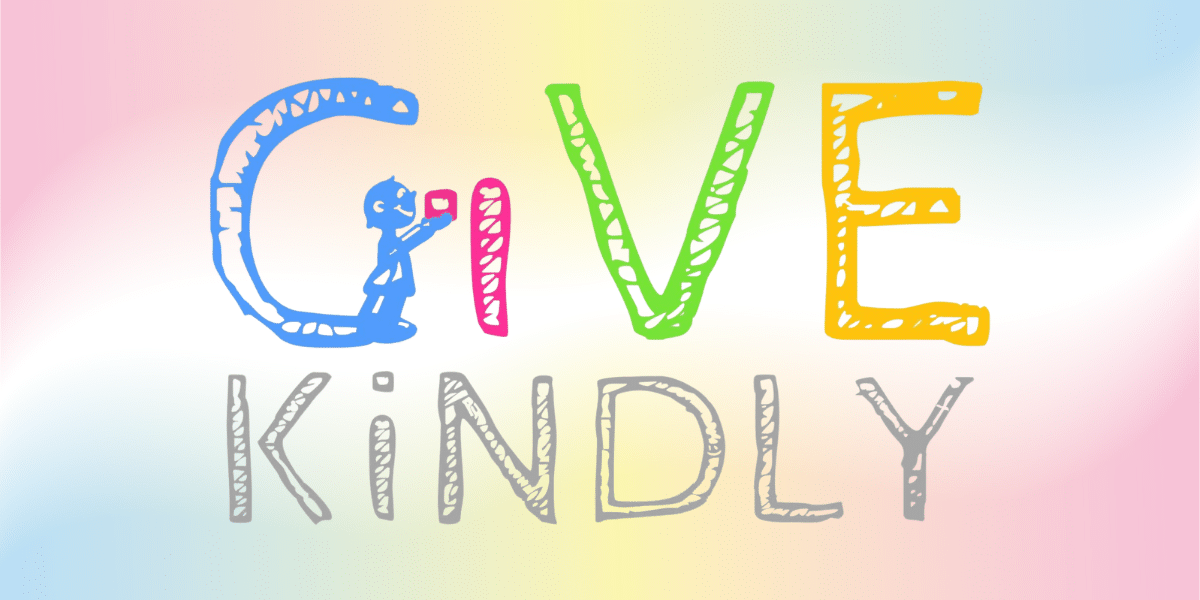By: Zach Miller
“It was a bleary-eyed breakfast—the kind any first-time parent of an infant knows,” Adam Lafferty recalls, reflecting on a perception-changing exchange with his young son. “I turned around from a brief trip to the kitchen and saw him lifting a plate off the table and smashing it onto the wood floor.”
At that moment, something unexpected happened. “As my body filled like a water balloon with anger, a question popped into my head, completely disarming the rage: ‘Could this just be his way of experimenting, the same way Newton arrived at his law of universal gravitation?’” Lafferty laughs. “He’s in the early innings of a life full of discovery, and my conditioned response was to squash it.”
This subtle shift in perspective allowed Lafferty to get curious about his child’s natural development instead of reacting with anger. That curiosity created space—a space that, according to Viktor Frankl, is essential for growth and freedom. Frankl, a Holocaust survivor and psychiatrist, famously said, “Between stimulus and response, there is a space. In that space, we have the power to choose our response. In our response lies our growth and our freedom.”
But, as Lafferty points out, “What’s discussed far less often is the effort it takes to recognize that ‘space’ in the first place.” Finding that space requires intention, and for that, Lafferty turns to the teachings of Thich Nhat Hanh, the Zen Buddhist monk and peace activist. Hanh emphasizes the importance of “a strong desire and a mind of love” in breaking free from unexamined patterns of reaction. “A Buddha in Action,” as Hanh calls it.
“While I certainly wouldn’t compare myself to a Buddha,” Lafferty jokes, “I can say that the perspective-taking I did on behalf of my son was from a love-filled mind. That love created the space I needed to act intentionally rather than react out of frustration.”
Lafferty’s story highlights a powerful truth: Individual actions, when rooted in contemplation and intention, can create possibilities not just for ourselves but for our communities. But many of us feel stuck, recognizing the need for collective change but unsure of how to act.
This is where Otto Scharmer, author and MIT professor, offers insight. In a recent podcast about global transformation, Scharmer referenced a startling finding from the 2024 Human Development Report: 69% of respondents said they were willing to make sacrifices to address global crises like climate change. So why aren’t they acting?
According to Scharmer, the problem lies in “the Illusion of Insignificance.” Many people see the necessary changes as something that must come from “out there”—some external force, some big lever waiting to be cranked. “But you and only you have the power to make your life make a difference,” Scharmer says, urging us to move past our blindness to possibility and act from within our own sphere of influence.
Lafferty’s experience is a microcosm of this larger idea. “When we create space in our lives—space for contemplation, for intention, for love—we open ourselves to new possibilities,” he says. “And when we act from that space, we’re not just changing our own lives. We’re contributing to a broader shift, one action at a time.”
Lafferty’s story invites us all to look at our own lives and ask: Where can we create that space? Where can we allow contemplation and action to come together in a way that moves us toward possibility—for ourselves, for our communities, and for the world we all share?
Published By: Aize Perez












